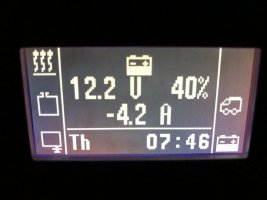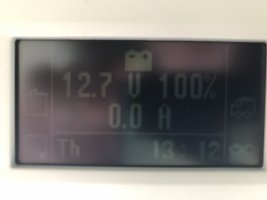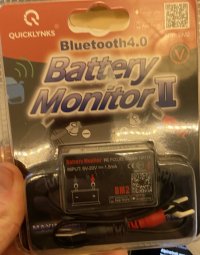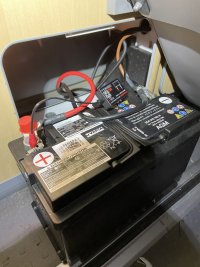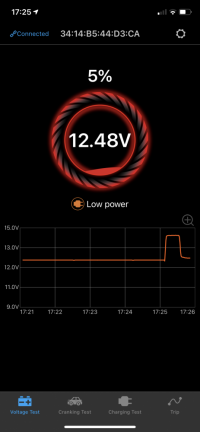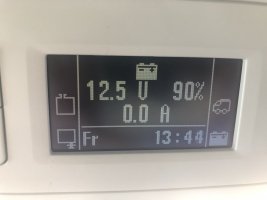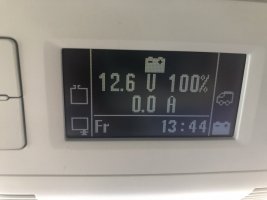Julie and Archie
Hi.
I'm driving to a France for Christmas and wish to stay overnight on the way. Will my leisure battery become depleted by using the heater? I'm worried about flattening battery and not being able to shut roof. Although key required in ignition would suggest it's a different circuit. Advice helpful. Thanks
I'm driving to a France for Christmas and wish to stay overnight on the way. Will my leisure battery become depleted by using the heater? I'm worried about flattening battery and not being able to shut roof. Although key required in ignition would suggest it's a different circuit. Advice helpful. Thanks



